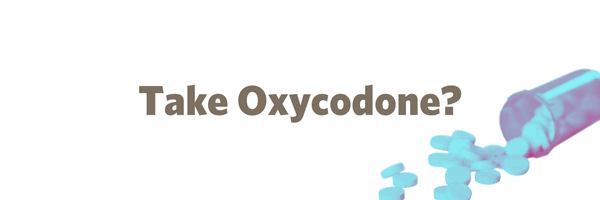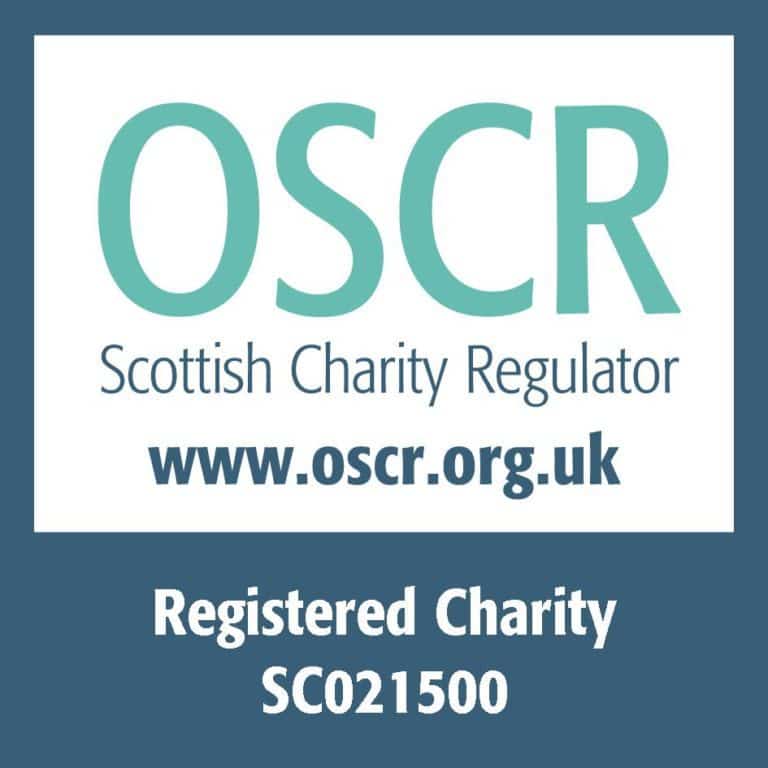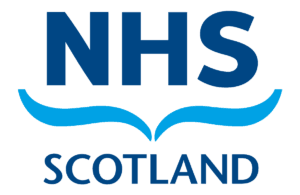Do you or someone you know take non-prescribed oxycodone tablets? They might be sold as tablets designed to look like prescription medications such as OxyContin and Percocet amongst others. There is concern that some tablets that are being sold in the illicit UK drugs market may contain one of a variety of new synthetic opioid drugs.
Synthetic opioid drugs called ‘nitazenes’ have been detected in the European and UK drug supply. There are many types of nitazenes including metonitazene, N-pyrrolidino-etonitazene (NPE), etonitazepyne, etonitazene, isotonitazene and protonitazene. Most often they may be sold as or found in other drugs.
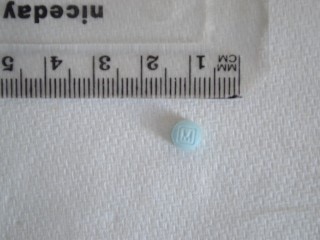
Image: WEDINOS.org
They have been found in powders, (brown, yellow, or white), pills/tablets sold as oxycodone or Percocet, contaminated heroin and liquids, including nasal sprays. There is also a concern that nitazenes could be found in other drugs such as cocaine due to accidental cross contamination. We also know that nitazenes have been involved in some drug overdoses and deaths in the UK.
Tablets that have been found in the UK and Scotland have been blue and often have been marked with the letter ‘M’ and number ’30’ as pictured below. We know that some of these drugs may be circulating in Edinburgh, Glasgow and Aberdeen but could be in other areas of the country.
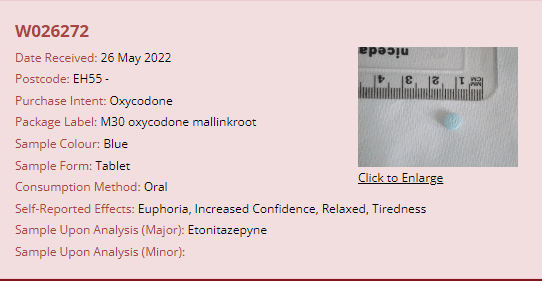
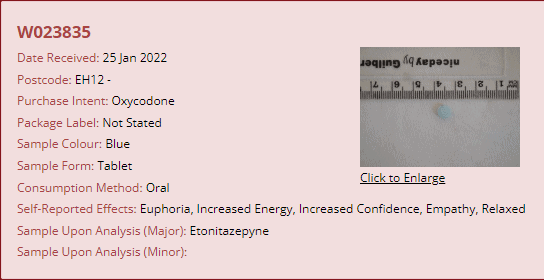
Images: WEDINOS.org
What you need to know
- The effects are similar to other opioid drugs such as morphine and heroin but the effects will be felt more strongly from much smaller amounts
- Nitazenes can vary in potency. Some are thought to be over 600 times more potent than heroin meaning that a fatal dose could be as small as two grains of sand
- The effects may be short lasting with a strong urge to re-dose
- The amount of nitazene type drugs found in tablets, pills and powders varies so it would be almost impossible to judge an accurate dose
- Opioid drugs can cause your breathing and heart-rate to slow to life threatening and fatal levels
- Higher doses of opioid drugs increase this risk of overdose
- This risk is increased if mixing with any other drug, particularly any ‘downer’ type drugs such as alcohol, other opioids, benzodiazepines (e.g. vallies, Xanax), GHB and ketamine
- If you have been taking nitazenes and stop suddenly you may experience opioid withdrawal symptoms
Harm reduction
- Test your drugs – this allows you to be more aware of unexpected contents. Visit www.crew.scot/how-do-i-test-my-drugs for more information on how you can test your drugs
- Remember that contents can vary even with in the same batch
- Start with a test dose
- Familiarise yourself with the signs of an opioid overdose so that you feel confident about what to do to help.
- Overdoses involving nitazenes can be reversed using the life-saving medicine naloxone hydrochloride
- You may need to administer multiple doses of naloxone before the overdose will be reversed
- Doses should be administered one at a time, waiting 2-3 minutes between each dose
- Prenoxad (intramuscular) and Nyxoid (intranasal) are two medical products containing naloxone hydrochloride
- In Scotland the provision of naloxone is FREE and anyone 16 or over can grab a naloxone kit from the Crew Drop-in or visit www.crew.scot/what-we-do/get-naloxone
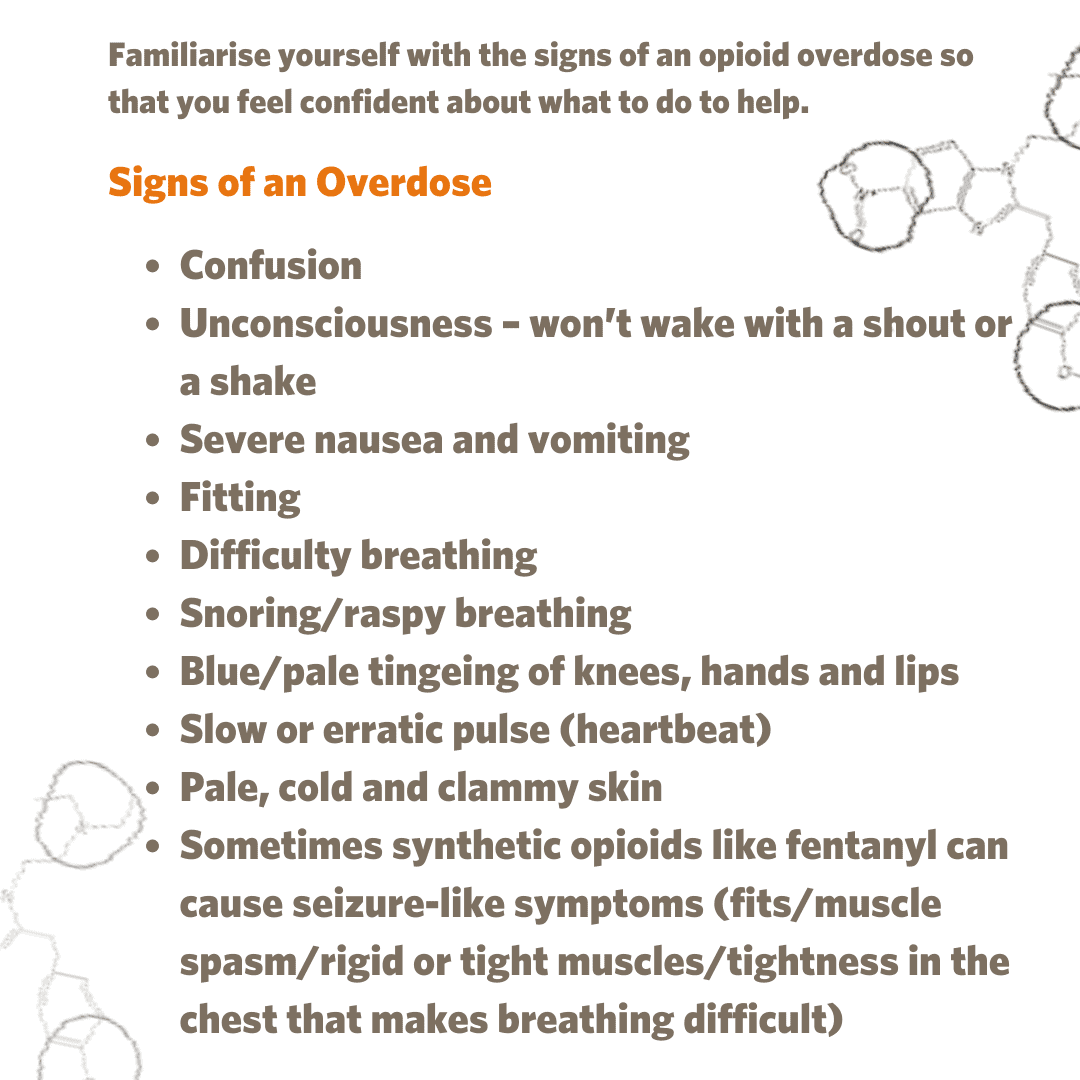
In an emergency
- Naloxone should be given to anyone who is non-responsive and displaying the signs of an overdose
- If you are unsure if the person has taken opioids, always use naloxone as this will not cause any harm and could save their life
- If someone has been taking opioid drugs and other ‘downer’ drugs such as alcohol or benzos (e.g. vallies or Xanax) then naloxone will not reverse the effects of these drugs. You should still administer naloxone as this will reverse the effects of the opioids and allow the person’s body the chance to respond to the ‘downer’ effects of any other drugs and could save their life!
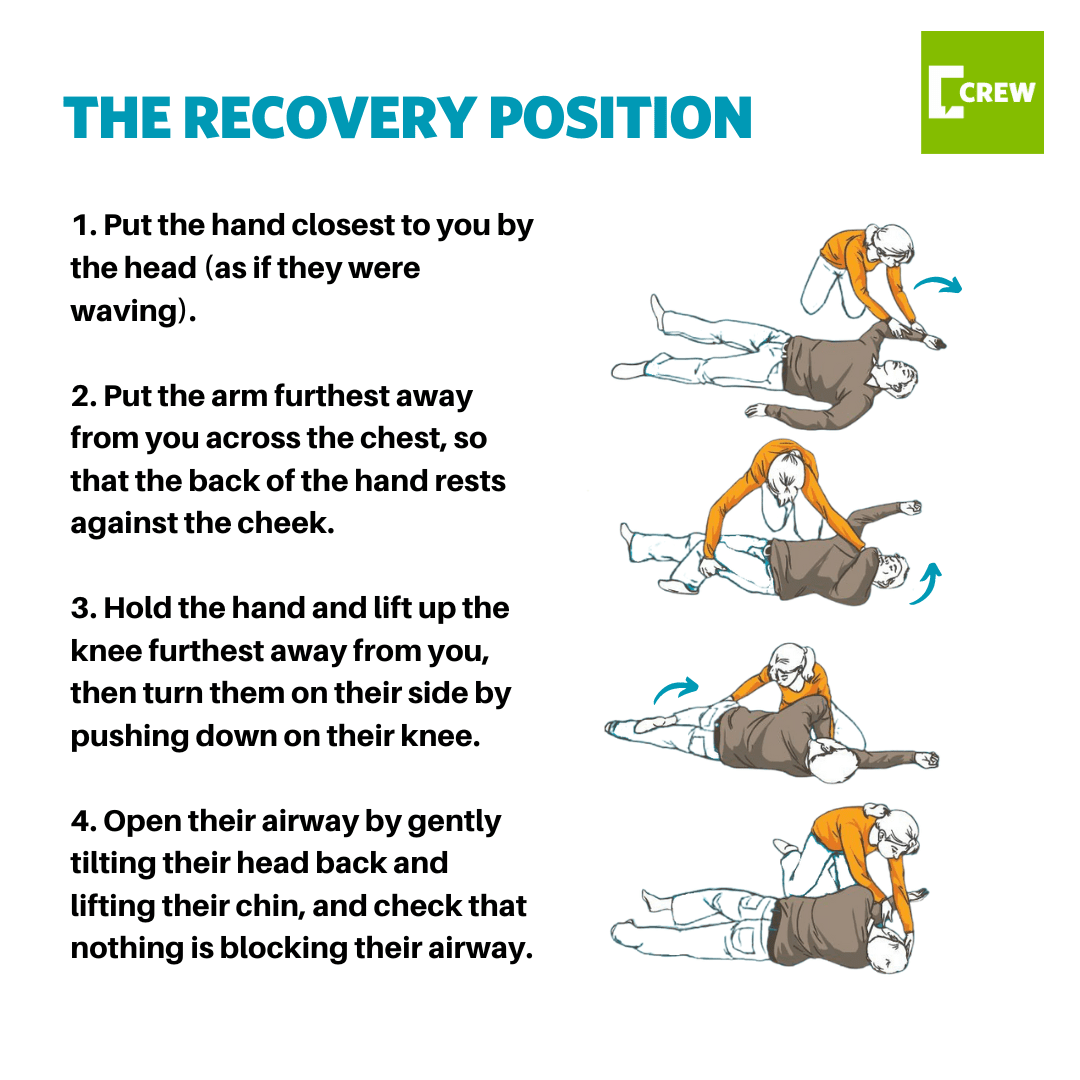
Administering naloxone
- Always call 999 in an emergency
- Put the person into the recovery position if possible (as shown on next graphic)
- IM naloxone should be administered into the muscle at the top of the thigh
- It can also be administered into the top part of the arm between the elbow and shoulder where vaccines are usually administered
- If someone has not responded to the first dose of IM naloxone administered into their thigh then a second dose could be administered into the top of their arm to increase the effectiveness of the medicine
- If the person stops breathing perform CPR (chest compressions and rescue breaths) where possible
- Naloxone does not affect breastfeeding so this should not discourage you from administering it
- The aim of naloxone is to save a life so if a pregnant person is overdosing and at risk of death, naloxone should be administered
- Take extra care when inserting the needle if the person has low body fat/muscle mass
- The person may vomit, be disorientated, dizzy, nauseous, anxious or be aggressive when they wake up
- The effects of naloxone can wear off after 20-30 minutes so ensure you stay with the person in case they go back into overdose
Download our leaflet about nitazenes: What are nitazenes
Useful links

